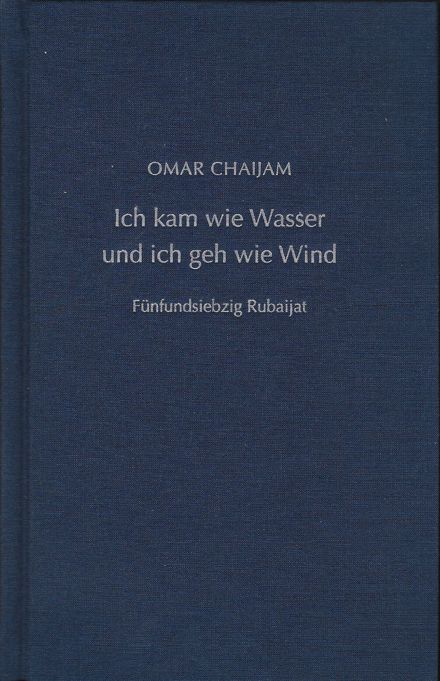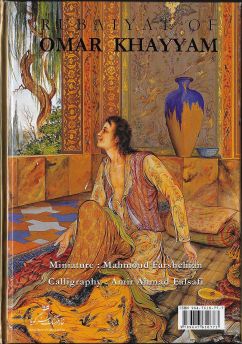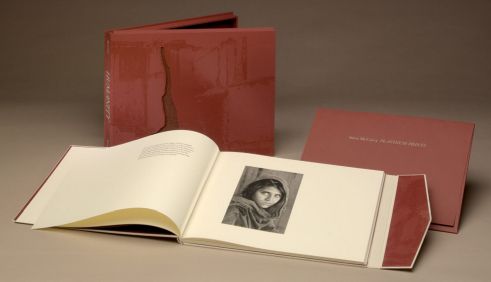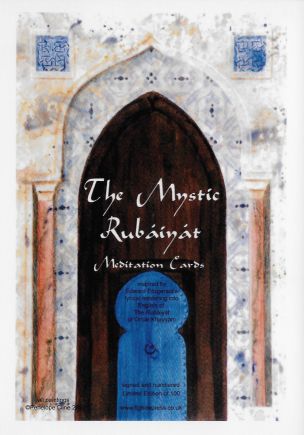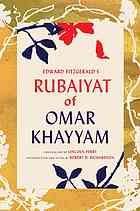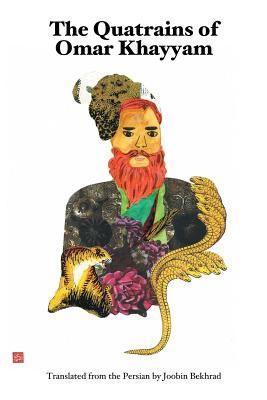Ich kam wie Wasser und ich geh wie Wind. Fünfundsiebzig Rubaijat. Roland Phleps. [S.l. : s.n.], 2016. – Unp. [iii, 150, ix p.]
– Vorwort
– Rubaijat
– Omar Khayyam
“Dieser Gedichtband ist nicht käuflich, er ist als Geschenk für meine Freunde und für Freunde von Omar Chaijam gedacht.”
75 quatrains, printed on one side of the leave only. English (in italics) and German
With gift inscription by author: “Mir herzlichen Grüssen, lieve Frau Grupp”.
